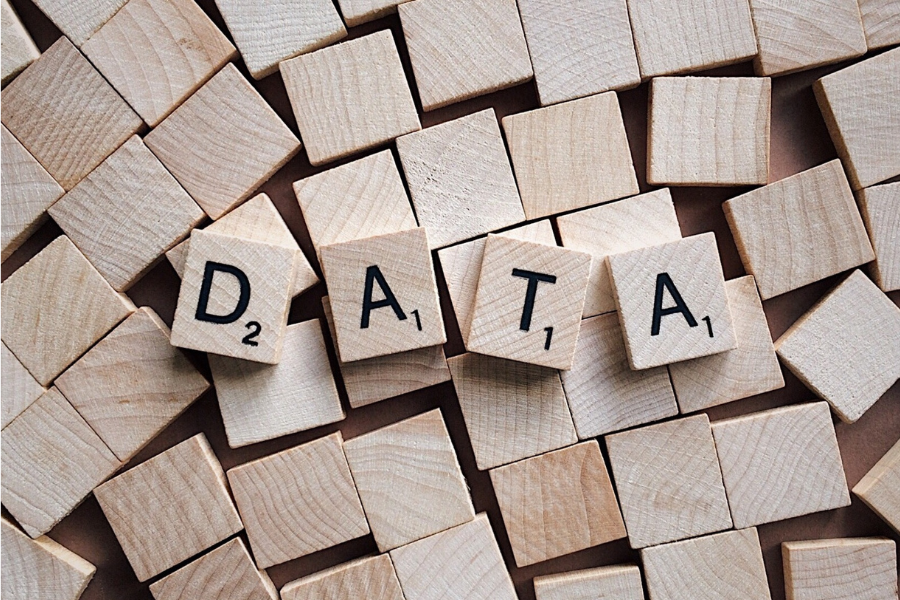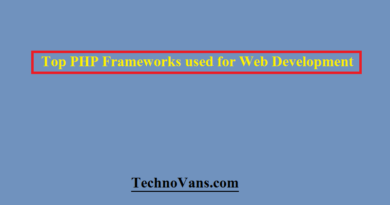Data Protection Strategies for the Digital Age

Key Takeaways
- Implementing a Zero Trust Architecture enhances security by requiring continuous verification of all access requests.
- Advanced encryption techniques, including encryption-in-use, protect data during active processing.
- Artificial Intelligence (AI) and Machine Learning (ML) are crucial in proactive threat detection and response.
- Regular security audits and employee training are essential to a comprehensive data protection strategy.
Table of Contents
- Introduction
- Zero Trust Architecture
- Advanced Encryption Techniques
- AI and ML in Cybersecurity
- Regular Security Audits
- Employee Training and Awareness
- Data Minimization and Governance
- Compliance with Regulations
- Conclusion
Introduction
In today’s digital age, where data is among an organization’s most valuable assets, safeguarding sensitive information against escalating cyber threats has become both a technical necessity and a critical business responsibility. As companies operate within increasingly complex digital ecosystems, implementing well-rounded data protection strategies is key to mitigating risk and maintaining operational stability. Tools such as Cohesity DataProtect offer comprehensive features that help secure data from modern-day vulnerabilities while supporting continuity and compliance. To explore these capabilities in more detail, visit https://www.cohesity.com/products/dataprotect/.
Traditional security measures are no longer sufficient with the evolving cyber threat landscape. The importance of embracing advanced methodologies, robust encryption, and continuous vigilance cannot be overstated. Integrating these layers of defense is vital for any organization aiming to preserve data confidentiality and continuity in the digital age.
Zero Trust Architecture
Conventional network security models often make the mistake of assuming everything inside an organization’s perimeter is trustworthy. However, sophisticated attacks frequently originate from within, exploiting insider threats or compromised accounts. Zero Trust Architecture (ZTA) fundamentally shifts this paradigm by upholding a clear mandate: never trust, always verify. ZTA enforces continuous authentication and dynamic authorization for every user, device, and application trying to access network resources, whether inside or outside organizational boundaries.
Implementing ZTA requires organizations to rigorously verify identities, inspect traffic, and monitor activities in real time. By limiting lateral movement and constantly reassessing access privileges, Zero Trust reduces opportunities for attackers to exploit weaknesses and helps organizations contain potential breaches before critical assets are compromised.
Advanced Encryption Techniques
Encryption remains at the heart of any data protection strategy, as the primary barrier between sensitive information and unauthorized access. Standard encryption methods have reliably protected data at rest and in transit, but today’s cyber landscape calls for innovation. Advanced approaches such as encryption-in-use—enabled by Homomorphic Encryption and Secure Enclaves—now empower organizations to process and analyze encrypted data without decryption.
This evolution closes critical gaps that attackers might exploit during data manipulation or computation, ensuring that sensitive data remains protected throughout its lifecycle. Advanced encryption not only thwarts external threats but also mitigates the risk presented by internal users with inappropriate access or intent.
AI and ML in Cybersecurity
Modern cybersecurity solutions now incorporate Artificial Intelligence (AI) and Machine Learning (ML) to shift the advantage from cybercriminals to defenders. These technologies excel at sifting through vast network traffic and endpoint data, quickly detecting suspicious behavior, emerging threats, and subtle anomalies often missed by traditional systems. With AI and ML, organizations leverage predictive analytics to identify patterns linked to malicious activity, automating detection and response.
AI-driven security accelerates incident response and evolves alongside emerging threats, enhancing organizational agility. Automated investigation and threat containment reduce the first-mover advantage cybercriminals typically enjoy, ensuring a higher level of resilience against the broad spectrum of modern attacks.
Regular Security Audits
Security audits are indispensable in illustrating the real-world efficacy of an organization’s cybersecurity controls. Comprehensive audits cover hardware, software, network configurations, and personnel policies, exposing existing vulnerabilities and misconfigurations that could be exploited. These periodic reviews offer actionable insights, enabling businesses to address weaknesses before adversaries can take advantage promptly.
Additionally, audits are crucial in regulatory compliance, ensuring that prescribed data protection controls are in place and operational. Proactive auditing invests in assurance, reinforcing stakeholder confidence and fortifying the organization’s security posture.
Employee Training and Awareness
Human error remains a primary cause of data breaches, underscoring employees’ critical role in maintaining security. Regular cyber hygiene education—including how to spot phishing attacks, practice secure password management, and report incidents swiftly—transforms staff into a knowledgeable first line of defense. Ongoing training programs and security simulations keep awareness and vigilance sharp, significantly bolstering the organization’s protection against social engineering and insider threats.
Data Minimization and Governance
Only collecting and retaining necessary information directly reduces an organization’s exposure during a breach. Data governance policies govern how data is collected, processed, and disposed of responsibly, forming the foundation for regulatory compliance and ethical data use. Effective data governance ensures transparency, accountability, and consistency in data handling across all business units, placing controls on access and streamlining data retention schedules.
Compliance with Regulations
The regulatory landscape for data protection is both global and dynamic. Laws such as the General Data Protection Regulation (GDPR) and the California Consumer Privacy Act (CCPA) establish rigorous standards for securing personal data and reporting breaches. Achieving and maintaining compliance requires continuous adaptation as rules evolve, substantial documentation, and coordination between IT, legal, and operational teams. The risk of non-compliance—ranging from costly penalties to lasting reputational harm—makes regulatory awareness and diligence an ongoing priority for every organization that handles sensitive personal or business data.
Conclusion
Organizations must combine advanced security architectures, robust encryption, intelligent automation, regular vigilance, and comprehensive staff education to defend against cyber threats in the digital age. By embracing Zero Trust principles, integrating AI and ML, and leveraging specialized platforms, enterprises bolster their resilience and ensure that sensitive data remains secure at every touchpoint. Clear governance, proactive audits, and strict regulatory adherence round out a holistic approach to protecting data, organizational reputation, and trust.



